Nike is a dynamic brand that has consistently stood out in the world of sports and lifestyle apparel. Known for its innovative designs and high-quality materials, Nike has carved a niche for itself in the competitive market. Their collaborations with renowned athletes and designers have further solidified their position as a leading brand. To explore the best Nike products and what sets them apart, continue reading below.
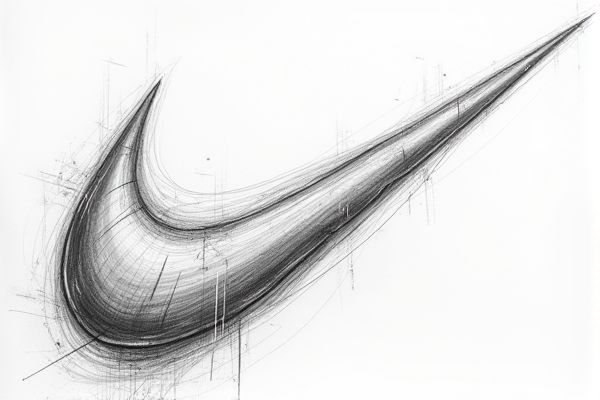
Illustration of Nike
Best brands of Nike in 2025
Jordan
The Jordan brand is one of Nike's most successful and revenue-generating footwear lines, accounting for an impressive 16.4% of Nike's total revenue in 2023 and achieving a remarkable 29.7% growth from 2020 to 2021. In 2023 alone, the brand accumulated $6.6 billion in revenue, reflecting a 29.4% increase from the previous year, with around 60 million pairs of shoes produced in 2022. Jordan shoes hold a significant market share, capturing 55% of all retro basketball shoes and 13% of the global basketball footwear market as of 2020. The brand's popularity is evident, with 89% of American consumers aware of it and 25% owning at least one pair. Michael Jordan earns substantial royalties, having made $330 million in 2022 from the brand. For more detailed statistics on Jordan shoes, visit Jordan Shoes Statistics.
Converse
Converse, acquired by Nike in 2003 for approximately $315 million, has experienced a significant revival under Nike's ownership. By 2019, Converse's sales had surged to nearly $2 billion, representing a tenfold increase from its pre-acquisition sales of around $200 million. This growth is attributed to Nike's strategic integration, including the expansion of Converse's distribution network and the introduction of innovative products like the Chuck Taylor 2, which incorporates Nike's Lunarlon technology for enhanced comfort and performance. Converse now offers over 3,000 pairs annually through various collaborations and exclusive models, solidifying its position in the fashion and lifestyle sectors. With year-over-year revenue growth of 18%, Converse has become one of Nike's fastest-growing segments. For more insights, visit Converse Meets Nike.
Hurley
Hurley International, a subsidiary of Nike, has significantly expanded its operations and product lines since the acquisition. With access to Nike's factories and technology, Hurley launched its first footwear lines, which include men's and women's shoe lines featuring advanced cushioning and support. The brand has grown internationally, opening offices in Japan and Australia, and is expected to enter the European market soon. This expansion has been facilitated by Nike's buying power and established relationships, allowing Hurley to hire additional staff and improve its service and product quality. As a result, Hurley has added about 30 employees, bringing the total to around 200, and has seen steady sales of its footwear lines. For more details about this collaboration, visit the article Nike and Hurley: Matching Up Nicely.
Cole Haan
Cole Haan, formerly a subsidiary of Nike, was a prominent brand known for its high-quality shoes and accessories. Acquired by Nike in 1988 for $95 million, Cole Haan experienced significant growth, with its revenue increasing by 14.1% to $686.6 million by the year ending June 1, 2019. In 2012, Nike sold Cole Haan to Apax Partners for $570 million to focus on its core brands. During its time under Nike, Cole Haan collaborated with celebrities like Maria Sharapova and expanded its product line to cater to various consumer needs. The brand has continued to evolve, now sold in over 100 countries and operating over 500 stores globally. To learn more about how Cole Haan is adapting to become a more everyday lifestyle brand, visit this article on Modern Retail.
SB
Nike SB, the skateboarding division of Nike, has established itself as a dominant force in the skateboarding community since its introduction in 2002. Despite initial resistance, Nike SB gained credibility by selling exclusively to core skate shops, advertising in skateboard magazines, and sponsoring well-respected professional skateboarders like Paul Rodriguez and Eric Koston. By 2004, Nike SB had already seen significant success with models like the Dunk SB, which became a staple in the skateboarding culture. The brand's strategy of collaborating with other skate companies and releasing limited edition lines further solidified its position. As of recent years, Nike SB continues to be a top-selling brand in many skateshops, with its shoes often listed among the top three best-selling products. For more information, visit their Nike SB page.
Air Max
The Nike Air Max brand has cemented its position as one of the most successful and popular sneaker lines for Nike, with a remarkable 800% increase in market share on StockX between 2016 and 2020. The Air Max 90 and Air Max 1 have been particularly dominant, with the Air Max 1 holding an average resale premium of 35% and 88% of its releases gaining value over the past year. In 2020, the Air Max 90 saw a 67% growth in market share, driven by over 150 releases that year. Globally, Air Maxes are highly sought after, especially in the Netherlands, where Air Max sales are 270% higher than the global average. The brand's success is also reflected in its resale performance, with the average Nike Air Max shoe appreciating by 28% across all silhouettes over the last year. For more detailed insights, you can read the full report on StockX's analysis of Nike Air Max's performance.
ACG
Nike's All Conditions Gear (ACG) brand is a pivotal component of the company's outdoor and athletic apparel lineup, known for its innovative and durable products. Launched in 1989, ACG has become a staple for outdoor enthusiasts, offering gear such as waterproof boots, tear-resistant jackets, and daily backpacks. The brand was relaunched in 2014 under menswear designer Errolson Hugh, giving it a modern, street/tech wear aesthetic. ACG products are designed, tested, and made for outdoor use, with a focus on sustainability and performance, as evident in their use of materials like Gore-Tex and breathable mesh. Nike is currently expanding the ACG brand globally, with a significant focus on China and other regions. For more details, visit their page on Nike's ACG collection.
Free
Nike's Free brand is a cornerstone of the company's innovative product lineup, renowned for its flexible and natural motion footwear. Introduced to mimic the feel of running barefoot, the Free series has seen significant popularity since its launch. In fiscal 2021, Nike's footwear segment, which includes the Free brand, accounted for a substantial portion of the company's revenue, with contract factories in Vietnam, Indonesia, and China producing approximately 51%, 24%, and 21% of total Nike Brand footwear, respectively. The Free brand's success contributes to Nike's overall revenue, with the footwear segment in North America generating $12.23 billion in 2022, highlighting the brand's strong market presence. This innovative product line is a key factor in Nike's global influence and financial strength. For more details, explore their product lineup through their Air Zoom Free page.
Flyknit
Nike's Flyknit technology has revolutionized the shoe industry with its innovative, sustainable, and performance-driven manufacturing process. Introduced in 2012, Flyknit technology reduces waste by up to 80%, having saved nearly 3.5 million pounds of waste since its launch. This technology uses computer-controlled knitting to create a seamless upper, eliminating the need for labor-intensive assembly and reducing environmental impact. Flyknit shoes are 19% lighter than Nike's lightest long-distance models and have been applied to various shoe lines, including running, soccer, and basketball. The technology has also diverted 182 million plastic bottles from landfills by using recycled polyester.
Nike Golf
Nike Golf is recognized for its innovative and high-performance products, with 42% of respondents ranking Nike as above average in innovation and 20% viewing it as the leader in this area. Despite some market challenges, Nike has consistently produced top-tier drivers, often ranked among the best in the industry year after year. The brand's putters and irons, such as the VR Combo, also receive positive feedback for their performance. However, Nike faces the challenge of increasing its market share and appealing to a broader demographic, particularly the 20-40 age group. The brand's perception has been improving over the last few years, with 62.86% reporting an improving perception of Nike Golf within the last three years. For further insights, explore the Nike Brand Survey Results.


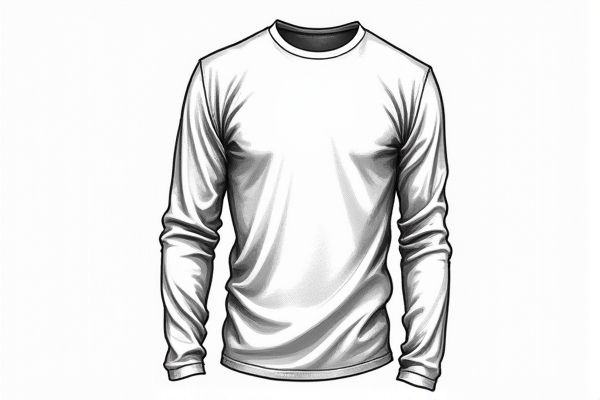

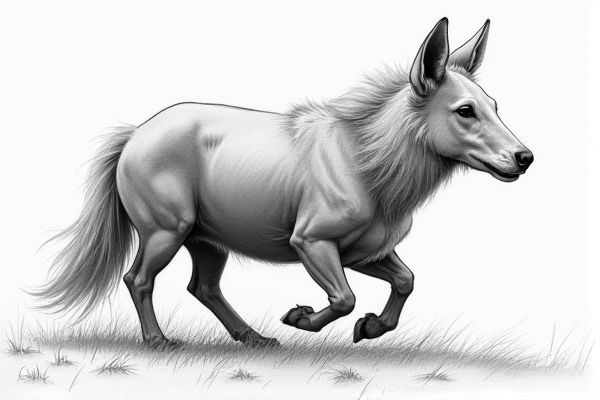
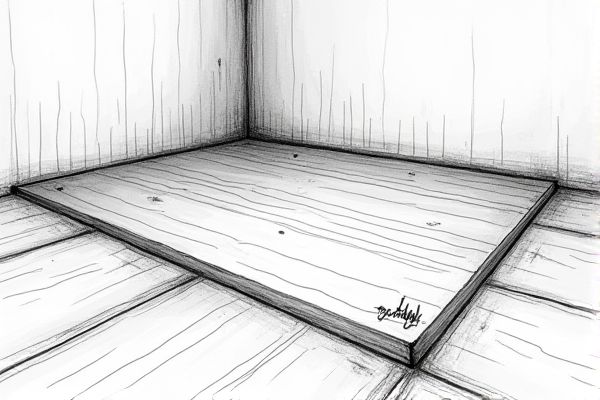




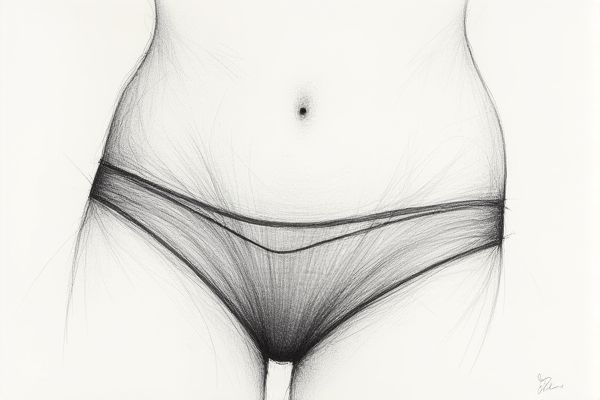

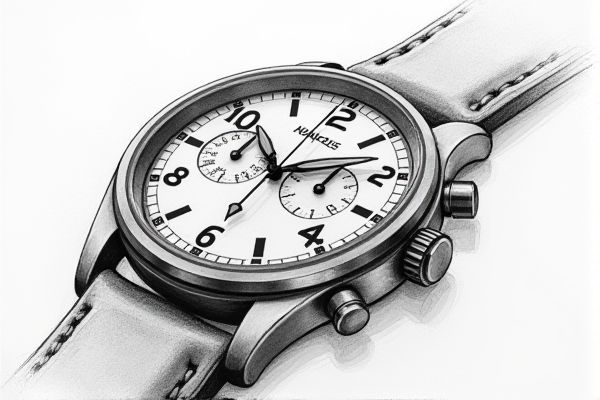
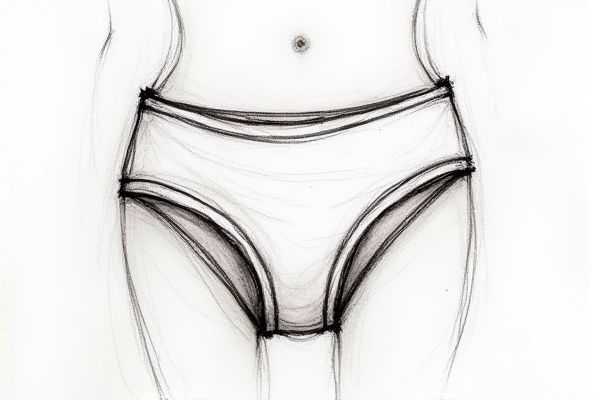
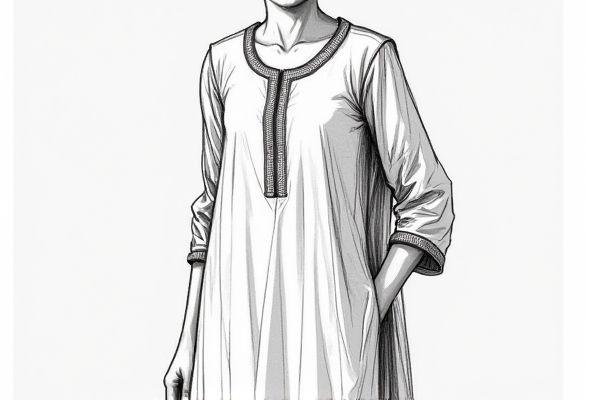
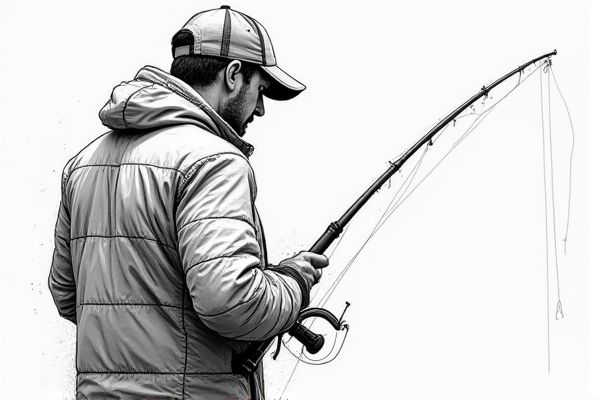
Leave a Reply
Your email address will not be published.